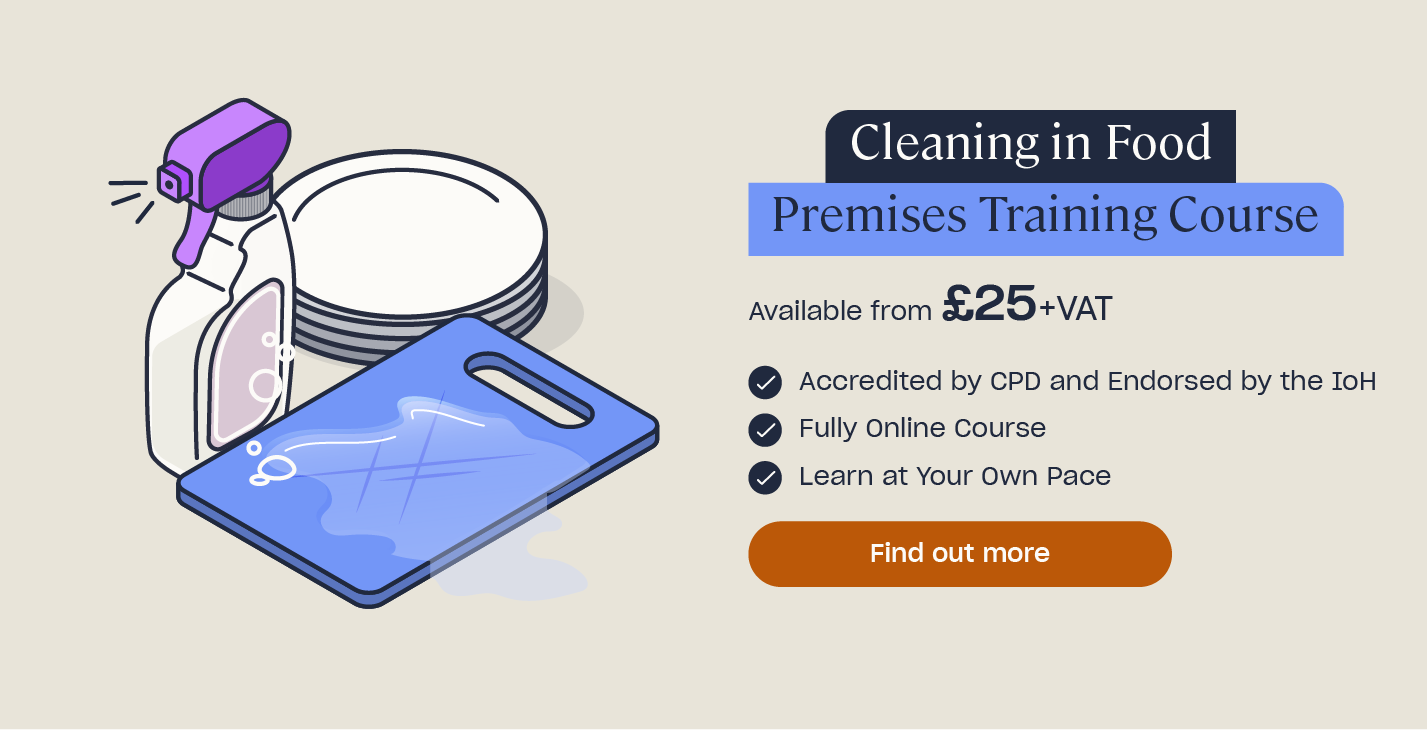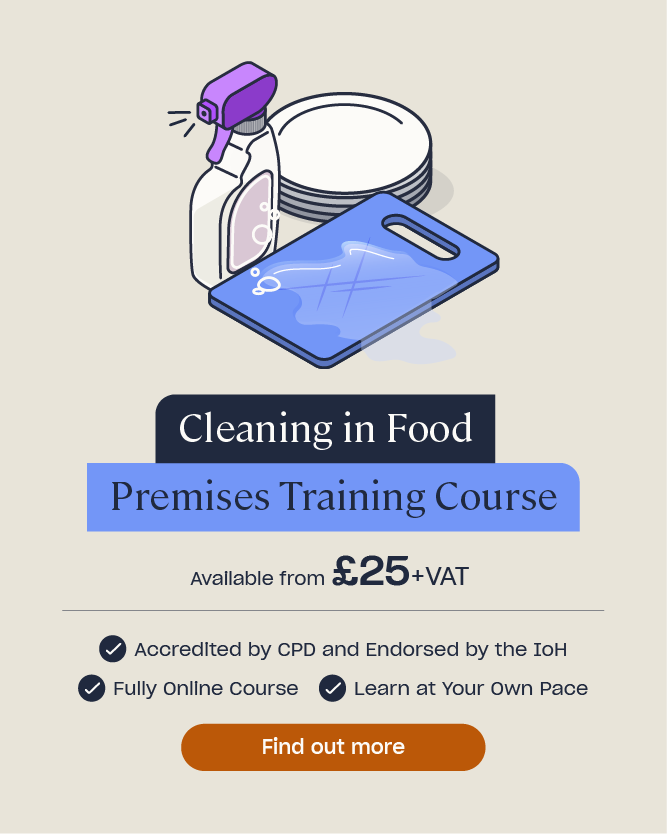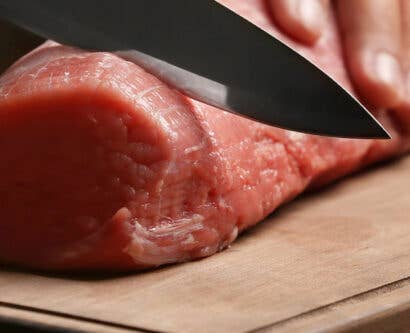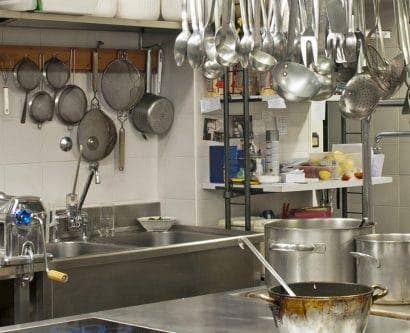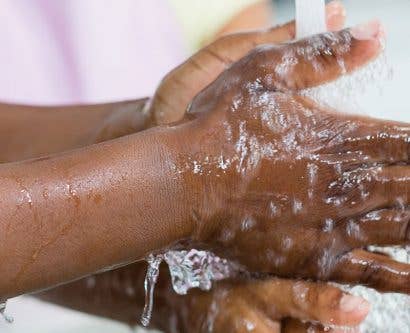What is a “Clean As You Go” Policy?
A clean as you go policy is a cleaning strategy used to minimise risks to hygiene, health, and safety. The clean as you go method involves taking opportunities to clean continually throughout the working day and making cleaning part of your daily routine to ensure that surfaces, equipment, waste, and the premises are clean, hygienic, and clutter free.
There are two types of cleaning under the clean as you go method: urgent and non-urgent.
Urgent cleaning is anything that may pose an immediate risk to health, hygiene, or safety, such as a spillage. Non-urgent cleaning is a part of your daily processes, such as wiping surfaces, placing rubbish in bins and dirty equipment in washing machines.
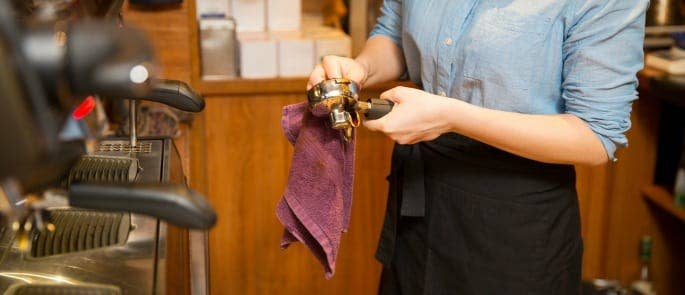
Clean As You Go Policy: What to Cover
Formalising a clean as you go policy as part of any role in retail, hospitality, and catering leads to a consistent attitude to cleaning. It also helps less senior or experienced staff members feel confident taking the initiative to clean during downtime and know that doing so is part of the role.
As part of your onboarding process, give staff instructions that will help them make use of quieter times to complete extra cleaning. What you think is above and beyond cleaning will depend on where you work, as cafes, kitchens, and supermarkets all have very different expectations. Telling your staff about extra opportunities to clean will also be a further metric to differentiate between the time wasters and the motivated staff.
In addition to your personal expectations, staff also need to know some clean as you go essentials:
- Where spill kits are kept around the premises.
- Where and how to dispose of refuse and packaging, etc.
- The appropriate sanitisers for different tasks.
- The essential clean as you go tasks to complete during peak time, such as spills, wiping surfaces after touching raw meats, etc.
- The areas of primary concern, such as surfaces, equipment, walkways, etc.
- Where to store clean work equipment.
The rest of this article focuses on spillages, surfaces, waste management, and walkways.
Need a Course?
Our Cleaning in Food Premises Training Course helps learners to develop the knowledge needed to carry out cleaning tasks thoroughly, effectively and safely, all whilst ensuring food safety is upheld.
Clearing Spillages
Spilt milk in the dairy aisle, wine dropped in the restaurant, and egg splatter in the kitchen – you know where spillages happen most of the time. Which means that nine times out of ten you can strategically plan for them. Storing a spill bucket in key locations around your premises will help you to act fast when you need to clean up a spillage. You should also keep hazard signage near your spill kits to indicate to customers and employees when a surface may present a slip, trip, or falls risk.
What to Include in a Spill Clean Up Kit:
- Super absorbent materials, such as sawdust, sand or Spill-Aid.
- Disposable gloves.
- Paper towels (lots of them).
- Disinfectant.
- A receptacle, such as refuse sacks or a bucket to place absorbent materials in after use.
- Dust pan and brush.
- Disposable cloths.
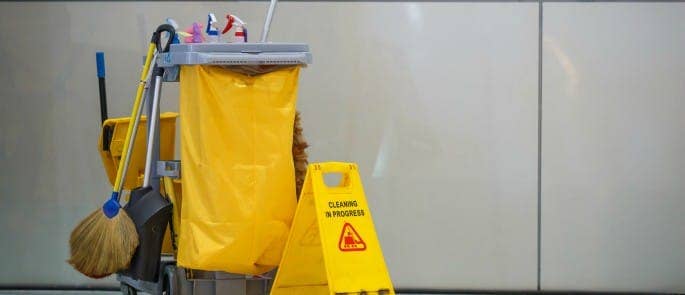
Wiping Surfaces
Between tasks, staff need to wash work surfaces thoroughly using a new cloth (or one that you have washed and disinfected). Regularly cleaning will prevent dirt, bacteria, and allergens spreading onto food produce. Likewise, keep a good supply of new cloths as a dirty cloth could spread bacteria and allergens to surfaces.
Unpack food produce or equipment away from surfaces as the boxes may have been stored on the floor. The boxes are a potential contaminant.
Keep surfaces clear of clutter – it’s easier to clean a clutter-free surface.
Disinfect surfaces that have been used to prepare raw poultry, meat or eggs.
Cleaning Equipment
Equipment can harbour dirt, bacteria and pathogens. It’s vital to clean equipment that has touched raw meat, poultry or eggs immediately after use. Or to put equipment in an area that you have designated as a cleaning area. Dry equipment after washing to ensure you kill bacteria.
Place equipment in clean storage locations after use.

Keep Walkways Clear
Your clean as you go policy should also consider the management of areas of high traffic. Never leave debris in high traffic walkways and store boxes in appropriate areas. Never block emergency exits with boxes or refuse.
Have clearly labelled methods for recycling and managing waste, such as bailer equipment.
Waste Management
You need an effective clean as you go plan for waste management to ensure that waste does not build up.
That means not only putting stuff in the bin but emptying the bin during the day! Don’t let food waste build up as it could attract pests and cause cross contamination of other produce.
Use closable rubbish containers and keep these in easy to access locations. Doing so allows employees to dispose of food waste and other rubbish as quickly as possible.
Remove outer packaging of raw materials and produce from the production area straight after use.
Identify areas where your customers and staff tend to leave refuse and implement a policy to clean problem areas throughout the day.
If you want more information on clean as you go methods and general food safety procedures, check out the guides below to further your knowledge.
What to Read Next:
- Cleaning in Food Premises Quiz
- Food Hygiene Rules & Guidance
- 28 Of Your HACCP Questions Answered
- Health and Safety in the Kitchen Quiz
- Cleaning in Food Premises Training
- 4 Common Kitchen Hazards and How to Avoid Them
- What are High Touch Surfaces and How Should You Clean Them?


